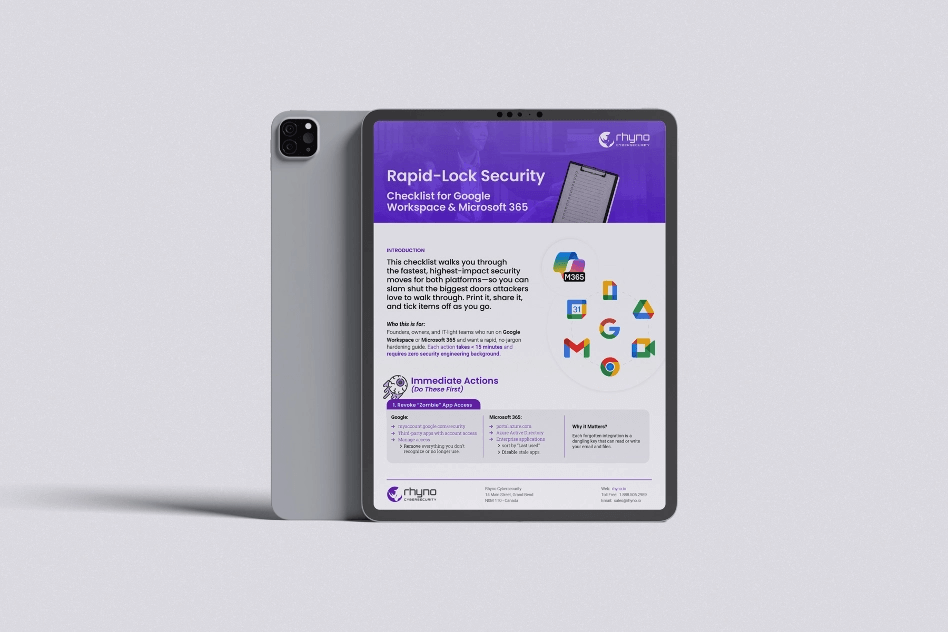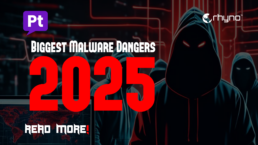7 Malware Threats Canadian Businesses Should Watch Out for in 2025
Malware poses a significant threat to businesses worldwide. For Canadian enterprises, understanding and preparing for these cyber threats is crucial to safeguarding sensitive data and maintaining operational integrity. Let’s delve into the top seven malware threats anticipated to challenge Canadian businesses in 2025.
1. Ransomware: Holding Data Hostage
Ransomware continues to be one of the most pressing cybersecurity threats, relentlessly targeting businesses across industries. At its core, ransomware is a type of malicious software (malware) designed to encrypt a company’s data, locking users out of their systems until a hefty ransom is paid—often in cryptocurrencies to make tracing nearly impossible. This extortion-driven model doesn’t just halt operations; it can paralyze entire organizations, leading to significant financial losses, damaged reputations, and strained client relationships.
What makes ransomware particularly insidious is its evolution. The advent of Ransomware-as-a-Service (RaaS) has revolutionized the cybercrime landscape. Through this model, sophisticated ransomware developers offer their tools to less experienced hackers for a share of the profits, drastically lowering the technical barrier for entry. This has triggered a surge in ransomware campaigns, ranging from small-scale attacks on local businesses to highly targeted operations against major corporations and government agencies.
In Canada, ransomware has emerged as the top cybercrime threat to critical infrastructure, including sectors like healthcare, transportation, and energy. The infamous attack on a Canadian healthcare network in 2021 is a stark reminder of its impact. Hackers disrupted hospital operations, delayed surgeries, and jeopardized patient care, all while demanding millions in ransom.
Canada’s critical infrastructure.
Protective Measures:
- Regular Backups: Maintain up-to-date backups of critical data and store them offline to prevent compromise.
- Employee Training: Educate staff about phishing scams and suspicious email attachments, common ransomware delivery methods.
- Advanced Security Solutions: Implement robust endpoint protection and intrusion detection systems to identify and block ransomware attempts.
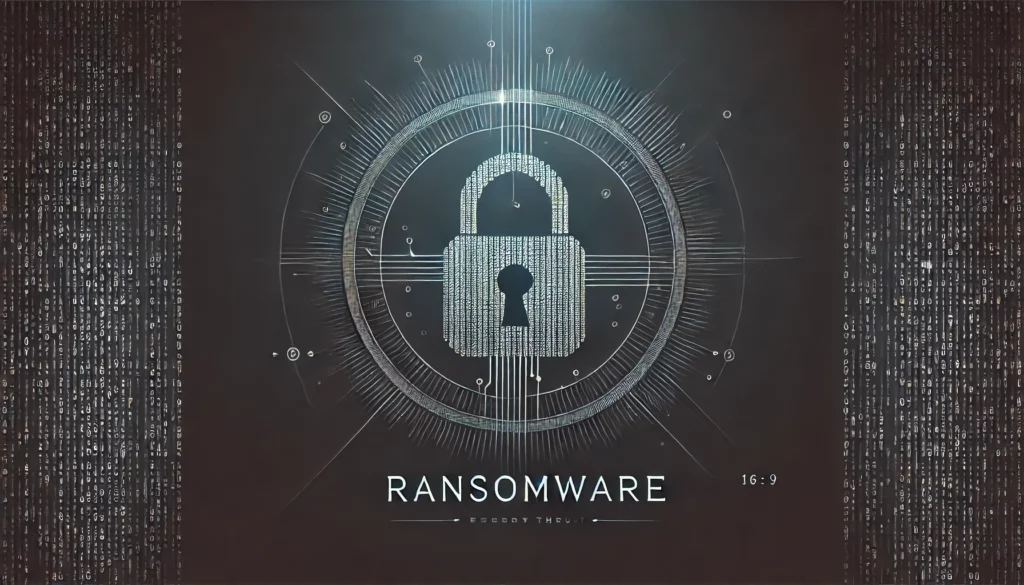
2. AI-Powered Malware: Smarter and Stealthier
Artificial intelligence (AI) has transformed the way the world operates, enhancing everything from healthcare to logistics. However, its impact isn’t limited to legitimate industries—it has also given cybercriminals a powerful new tool in their arsenal. AI-driven malware is a prime example of how technological advancements can be exploited for malicious purposes, taking cyber threats to a whole new level of sophistication.
Unlike traditional malware, which follows pre-programmed instructions, AI-driven malware is dynamic and adaptable. It leverages machine learning algorithms to analyze its environment, identify weaknesses in security systems, and modify its behavior to exploit those vulnerabilities. This adaptability makes it exceptionally difficult to detect and neutralize using conventional cybersecurity measures.
One of the most alarming characteristics of AI-powered malware is its ability to mimic legitimate processes. For example, it can generate phishing emails that are nearly indistinguishable from genuine communications, using AI to study language patterns, company-specific jargon, and even individual preferences. These hyper-personalized attacks are far more convincing than generic phishing attempts, increasing their success rates dramatically.
As cybercriminals continue to refine their use of AI, the risks to businesses grow exponentially. The combination of speed, adaptability, and intelligence makes AI-driven malware one of the most formidable challenges in the cybersecurity landscape. To counter these advanced threats, organizations must adopt equally sophisticated solutions, such as AI-powered cybersecurity tools that can identify and respond to evolving attack patterns in real-time. Without these proactive measures, traditional defenses may soon become obsolete against this next generation of cyber threats.
Protective Measures:
- AI-Based Defense Systems: Employ AI-driven security tools capable of detecting and responding to advanced threats in real-time.
- Continuous Monitoring: Implement 24/7 network monitoring to identify unusual activities indicative of AI-powered malware.
- Regular Updates: Keep all software and security systems updated to defend against the latest threats.
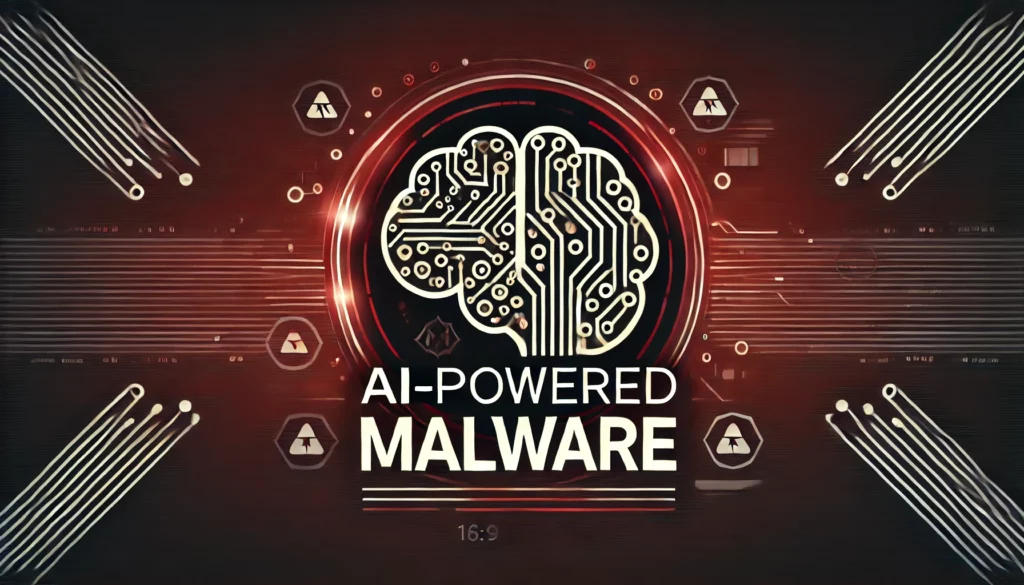
3. Supply Chain Attacks: The Weakest Link
Cybercriminals are no longer focusing solely on direct attacks against their primary targets; instead, they are increasingly exploiting third-party vendors and suppliers as a means of gaining access to larger organizations. This tactic, often referred to as a supply chain attack, leverages the interconnected nature of modern businesses to bypass direct security measures and infiltrate more robust systems indirectly.
The logic is simple yet devastating: third-party vendors often have less stringent cybersecurity protocols than the larger organizations they serve. Attackers exploit this weakness by breaching the vendor’s system and using it as a backdoor to gain access to their clients’ networks. Once inside, they can steal sensitive data, install malware, or even sabotage critical operations.
A stark example of this strategy is the SolarWinds attack, one of the most significant cybersecurity incidents in recent history. Hackers inserted malicious code into a routine software update distributed by SolarWinds, a widely used IT management company. This allowed them to infiltrate numerous organizations, including Fortune 500 companies and government agencies, without directly targeting them. The ripple effects of this attack underscored just how vulnerable supply chains can be to cyber threats.
Protective Measures:
- Vendor Assessment: Conduct thorough security evaluations of all third-party partners.
- Access Controls: Limit the access rights of suppliers to only what’s necessary for their operations.
- Supply Chain Security Protocols: Develop and enforce robust security measures to protect against supply chain vulnerabilities.
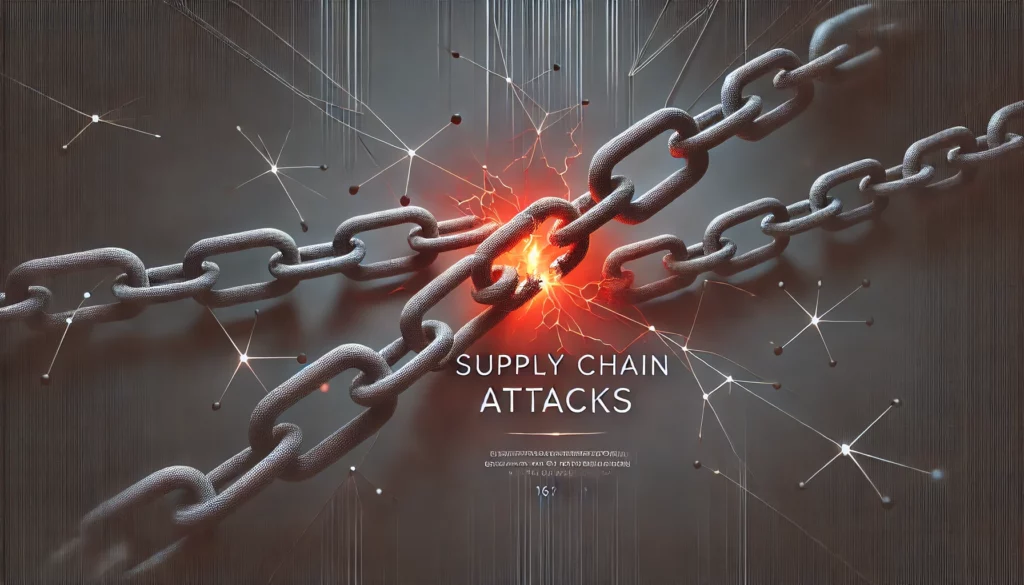
4. Internet of Things (IoT) Vulnerabilities: The Perils of Connectivity
The rapid proliferation of Internet of Things (IoT) devices has revolutionized business operations, providing unparalleled efficiency, connectivity, and automation. From smart thermostats and security cameras to industrial sensors and healthcare monitoring devices, IoT has become an integral part of the modern enterprise. However, this surge in connected devices has also introduced a significant and often overlooked vulnerability: a vastly expanded attack surface for cyber threats.
Many IoT devices are designed with convenience and functionality in mind, but their security features often take a backseat. Weak default passwords, outdated firmware, and lack of encryption make these devices low-hanging fruit for attackers. Once compromised, an IoT device can serve as a gateway for cybercriminals to infiltrate a business’s broader network.
The risk is compounded by the sheer number of devices that businesses deploy. Each connected device represents a potential entry point for attackers, and many organizations lack the resources or expertise to monitor and secure them all effectively. For instance, a single hacked smart thermostat in an office building could provide an attacker with a foothold into the organization’s internal network, leading to data breaches, operational disruptions, or even full-scale ransomware attacks.
For Canadian businesses, the risks associated with IoT vulnerabilities are particularly concerning in sectors like healthcare, manufacturing, and logistics. A compromised medical IoT device, such as a patient monitor, could jeopardize patient safety, while an attack on industrial IoT systems could halt production lines or damage critical equipment.
To address these challenges, businesses must adopt a proactive approach to IoT security:
- Inventory Management: Maintain a comprehensive inventory of all IoT devices, including details about their firmware, configuration, and network access.
- Firmware Updates: Regularly update the firmware and software on IoT devices to patch known vulnerabilities.
- Network Segmentation: Isolate IoT devices on a separate network segment to limit their access to sensitive systems and data.
- Authentication: Replace default passwords with strong, unique credentials for each device, and implement two-factor authentication where possible.
- Monitoring and Alerts: Continuously monitor IoT device activity for signs of compromise, such as unusual data traffic or unauthorized access attempts.
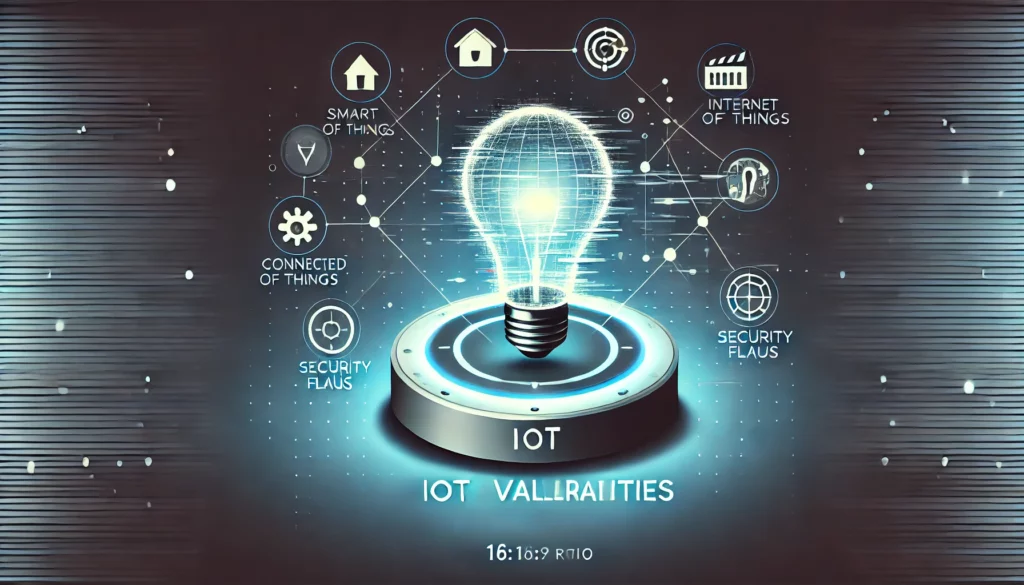
5. Phishing and Social Engineering Attacks: Deceptive Tactics
Phishing remains one of the most pervasive and effective forms of cyberattack, preying on human psychology rather than relying solely on technical vulnerabilities. At its core, phishing involves attackers using deceptive communications—typically emails, text messages, or phone calls—to trick individuals into divulging sensitive information, such as login credentials, credit card details, or other personal data. These attacks are not only simple to execute but also devastatingly effective, often serving as the entry point for larger breaches, ransomware deployments, or financial fraud.
What makes phishing even more alarming today is the integration of artificial intelligence (AI) into the attacker’s toolkit. AI has elevated phishing campaigns to unprecedented levels of sophistication. Attackers can now craft highly convincing emails that mimic the tone, style, and branding of legitimate organizations with near-perfect accuracy. AI-powered tools analyze publicly available information—such as social media profiles, company websites, and previous communications—to tailor phishing attempts to their targets, making them more personal and therefore more believable.
For instance, an AI-driven phishing email targeting an employee at a Canadian financial firm might reference a recent company event, include their manager’s name, and appear to come from the firm’s IT department. These carefully curated details drastically increase the likelihood of the recipient clicking a malicious link or opening an infected attachment. This technique, known as spear phishing, focuses on specific individuals or groups, often with high-value access or responsibilities within an organization.
Protective Measures:
- Employee Training: Conduct regular training sessions to help employees recognize and report phishing attempts.
- Email Filtering: Deploy advanced email filtering solutions to detect and block phishing emails.
- Multi-Factor Authentication (MFA): Implement MFA to add an extra layer of security, making it harder for attackers to gain unauthorized access.
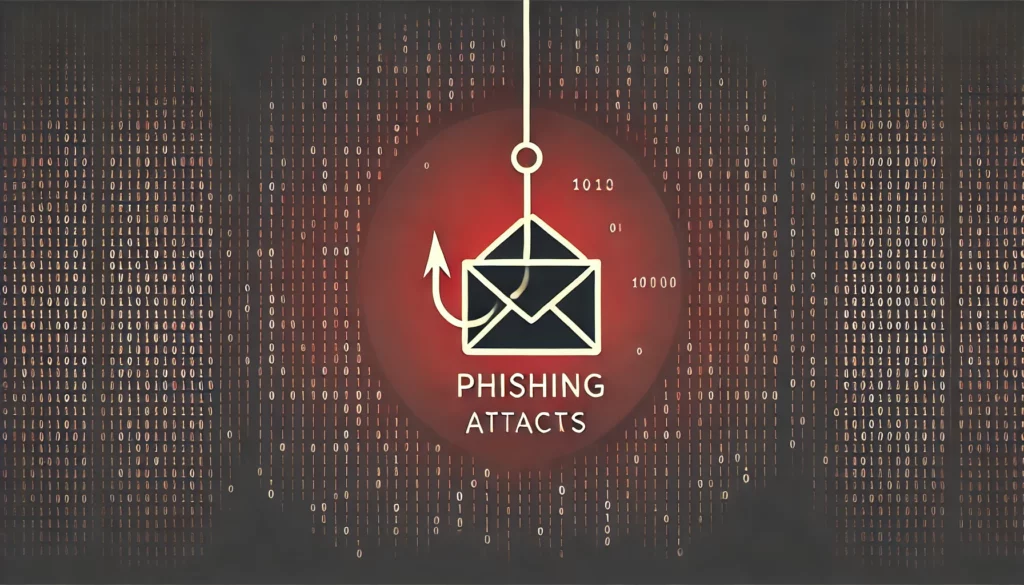
6. Insider Threats: Risks from Within
Insider threats remain one of the most challenging cybersecurity risks for organizations to address. Unlike external attacks, these threats originate from individuals within the organization—employees, contractors, or even trusted partners—who have legitimate access to sensitive systems and data. This access makes insider threats particularly dangerous, as they bypass many of the traditional defenses designed to keep external attackers at bay.
Insider threats come in two primary forms: malicious and accidental.
- Malicious insider threats involve individuals who intentionally exploit their access for personal gain, to cause harm to the organization, or to support a third party, such as a competitor or nation-state. This can include stealing proprietary information, sabotaging systems, or leaking confidential data. A notable example is the 2013 case of Edward Snowden, who disclosed classified NSA documents, sparking global debates about surveillance and security.
- Accidental insider threats, on the other hand, stem from human error or negligence. These incidents often occur when employees mishandle sensitive information, fall victim to phishing schemes, or unintentionally expose critical systems to vulnerabilities. For instance, an employee might inadvertently share a confidential document through an unsecured platform or use a weak password that is easily compromised.
What makes insider threats particularly concerning is their potential to go undetected for long periods. Unlike external attacks, which often leave behind digital traces or trigger security alarms, insider threats can blend seamlessly into everyday operations. Malicious insiders may exploit their intimate knowledge of company processes to avoid detection, while accidental threats may not even realize they’ve caused a problem until it’s too late.
The consequences of insider threats can be severe. Data breaches resulting from insider activity can lead to regulatory fines, reputational damage, and the loss of intellectual property or trade secrets. Operational disruptions caused by sabotage or negligence can also result in significant financial losses and eroded trust among stakeholders.
To mitigate the risks posed by insider threats, organizations should adopt a multi-layered approach:
- Access Controls: Implement the principle of least privilege to ensure employees and contractors only have access to the data and systems necessary for their roles. Regularly review and revoke access for individuals who no longer need it.
- Monitoring and Analytics: Use behavioral analytics tools to monitor user activity for unusual patterns that may indicate malicious intent or accidental misuse. For example, sudden spikes in file downloads or access to systems outside of normal working hours could signal a potential issue.
- Employee Training: Educate staff about cybersecurity best practices, including how to recognize phishing attempts, secure sensitive data, and follow proper protocols for data handling.
- Clear Policies and Accountability: Establish transparent cybersecurity policies that define acceptable behavior and the consequences of violations. Make sure employees understand their responsibilities in protecting organizational data.
- Incident Response Plans: Develop robust response plans specifically for insider threats. This should include clear procedures for identifying, isolating, and addressing potential incidents swiftly.
- Regular Audits: Conduct periodic audits of user access, data usage, and overall security posture to identify potential vulnerabilities and gaps.
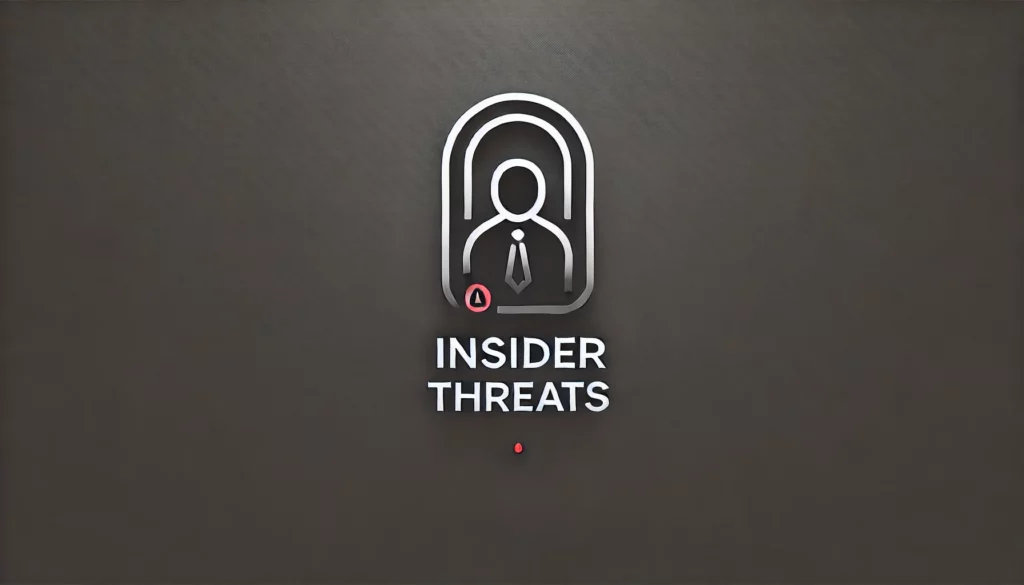
7. Advanced Persistent Threats (APTs): Stealthy Infiltrators
Advanced Persistent Threats (APTs) represent one of the most insidious forms of cyberattacks, characterized by their stealth, sophistication, and long-term nature. Unlike typical cyberattacks that aim to cause immediate disruption or extract quick profits, APTs are meticulously planned operations where an attacker gains unauthorized access to a network and remains undetected for extended periods, often months or even years.
What makes APTs particularly dangerous is their focus on espionage and data theft rather than overt destruction. These attacks are often state-sponsored, carried out by highly skilled groups with significant resources at their disposal. The primary goal of an APT is to gather intelligence, such as intellectual property, trade secrets, or sensitive government information, rather than to cause immediate harm or financial loss. However, the long-term impact of such breaches can be devastating, with consequences ranging from loss of competitive advantage to national security risks.
How APTs Work
APTs typically unfold in several stages:
- Reconnaissance: Attackers thoroughly research the target organization, identifying vulnerabilities, employees, and systems to exploit.
- Initial Access: This is often achieved through phishing emails, compromised software updates, or exploiting unpatched vulnerabilities. Once access is gained, attackers deploy tools like malware or backdoors to establish a foothold in the network.
- Lateral Movement: After gaining access, attackers move laterally across the network, escalating privileges and mapping out the organization’s digital infrastructure to locate valuable data.
- Data Exfiltration: Once the target data is identified, it is stealthily extracted and sent to external servers controlled by the attackers. This process is designed to evade detection by blending in with normal network traffic.
- Persistence: Even after data exfiltration, attackers often maintain their access to the network, ready to exploit it again when needed.
Mitigating the Risk of APTs
Preventing and addressing APTs requires a multi-layered security strategy:
- Network Segmentation: Divide the network into isolated segments, limiting the ability of attackers to move laterally.
- Behavioral Analytics: Use advanced security tools that employ machine learning to identify anomalies, such as unusual login times or unexpected data transfers.
- Zero Trust Architecture: Adopt a “never trust, always verify” approach to access control, ensuring users and devices are authenticated continuously.
- Regular Patching: Address vulnerabilities in software and systems promptly to close potential entry points for attackers.
- Threat Intelligence: Stay informed about emerging APT tactics, techniques, and procedures (TTPs) to enhance defenses proactively.
- Incident Response Plans: Develop and regularly test response plans tailored to APT scenarios, ensuring quick detection and containment in the event of an attack.
APTs are a stark reminder of how advanced cyber threats have become, particularly when driven by the resources and motivations of nation-states. For organizations handling sensitive data or operating in critical sectors, understanding and preparing for these threats is not optional—it’s a fundamental part of maintaining long-term security and resilience.
Understanding these malware threats is the first step toward building a robust cybersecurity posture. By implementing the protective measures outlined above, Canadian businesses can enhance their defenses against the evolving cyber threat landscape of 2025.
Stay vigilant and proactive in your cybersecurity efforts to protect your business from these emerging threats.

